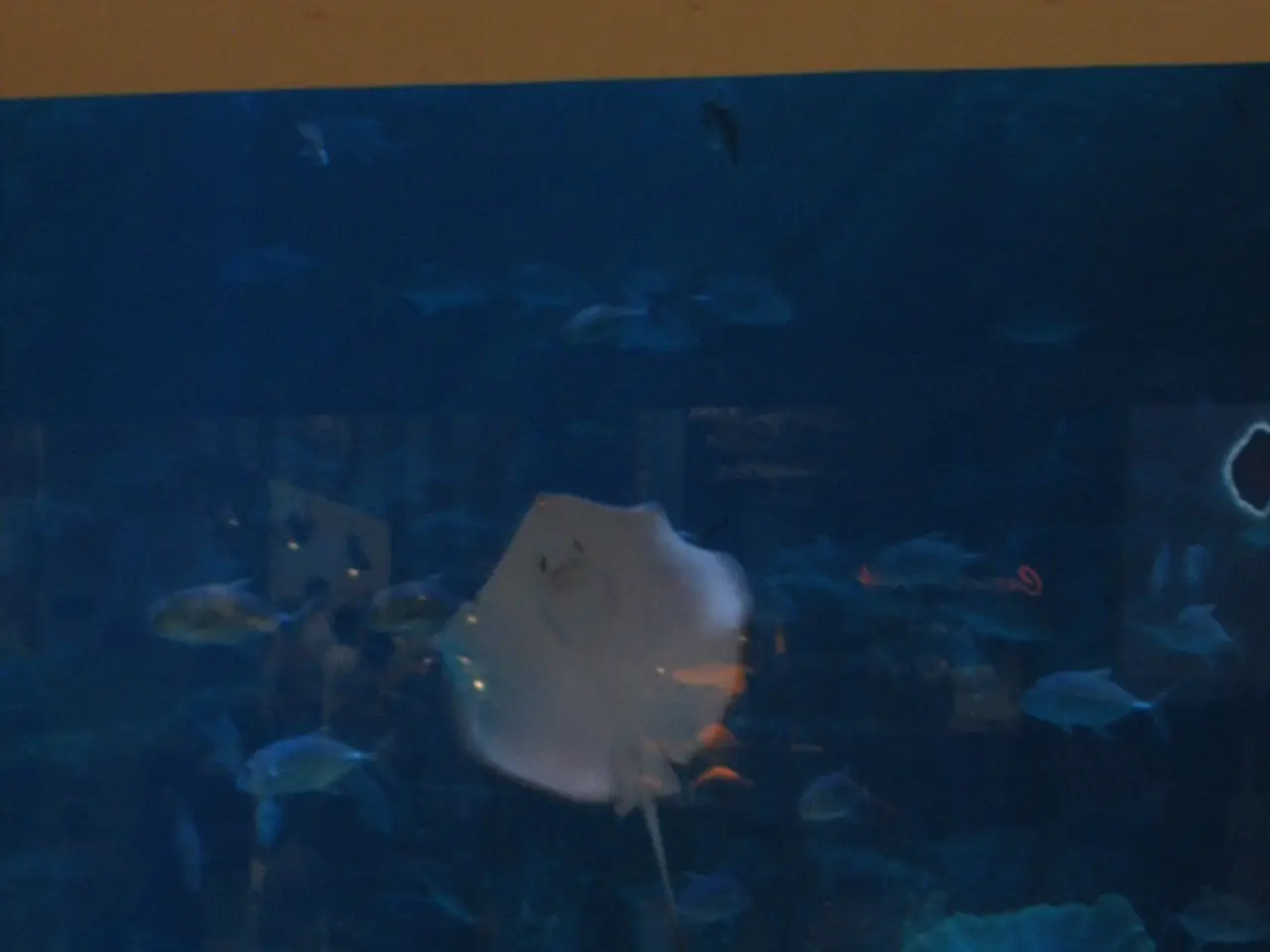DIY Guide for Building a Fish Bowl Terrarium: Purchasing Suggestions Included
In the ever-evolving world of indoor gardening, the fish bowl terrarium is the latest trend that's taking the plant enthusiast community by storm. This compact, low-maintenance garden offers a visually pleasing ecosystem that mimics nature, right in the comfort of your home. Here's a simple guide to help you create your very own fish bowl terrarium.
Choosing the Perfect Fish Bowl
Select a suitable fish bowl with a capacity between 3 to 5 gallons. This size provides enough space for plants, ensures good airflow, and maintains a healthy moisture balance.
Preparing the Base Layers
- Drainage Layer: Add about 2 inches of hydro balls (clay pellets) or small rocks at the bottom to allow excess water to drain, preventing root rot.
- Activated Charcoal Layer (optional but recommended): This layer helps keep the water fresh and odor-free.
- Potting Substrate: Add about an inch of organic potting mix suitable for terrarium plants on top of the drainage layer to support plant roots.
Selecting Terrarium-Friendly Plants
Choose plants that tolerate humidity and limited soil such as pothos, peace lilies, ferns, fittonia, and small tropical plants that thrive in moist environments and lower light. These plants are adaptable to the humid conditions inside a bowl and can thrive with minimal soil.
Arranging Your Plants Creatively
Position taller plants towards the back and smaller ones in front for visual depth. You may add moss, small stones, or decorative elements to enhance the natural look.
Lighting
Use a clip-on light or indirect sunlight to provide adequate illumination without overheating the bowl. Avoid direct harsh sunlight which can cause excessive algae growth or damage plants.
Watering and Care
- Keep the substrate moist but not waterlogged. Use a spray bottle to mist plants regularly, maintaining humidity.
- Monitor plants for signs of over- or under-watering.
- Remove dead leaves promptly to prevent mold.
- Occasionally air out the terrarium by briefly removing any covering to reduce excess moisture buildup.
With this simple construction, your fish bowl terrarium will establish a healthy balance between moisture, plants, and light, creating a vibrant and captivating indoor garden.
Plant Choices and Care Summary
| Plant Type | Light Needs | Water Needs | Notes | |-----------------|-------------------|-----------------|-------------------------------| | Pothos | Low to medium | Keep moist | Tolerates humid terrarium life| | Peace Lily | Low to medium | Keep moist | Loves humidity, good for bowl | | Ferns | Indirect light | High humidity | Thrives in moist environment | | Fittonia (Nerve Plant) | Low to medium | Moist soil | Vibrant color, needs humidity |
Use natural, organic potting soil and maintain indirect light with regular misting for best results. Dry substrate is challenging to plant in, so it's best to give it a spray of water before digging in. Adding a culture of springtails is beneficial for controlling mold in a terrarium. Springtails don't require much care.
The plants suitable for closed terrariums include Peperomia, Pilea, Ferns (in general), Fittonia, Selaginella Jori, Raindrop Pepperomia, Cushion Moss, Thyme Moss, Hypnum Moss, and Ficus vine (Ficus quercifolia). Closed terrarium care involves interpreting the signs, occasionally adding a few sprays of water, removing deceased plants, and trimming back unruly ones.
Share your stunning fish bowl terrarium creation on Instagram and inspire others to join the indoor gardening movement! Happy planting!
Incorporating a fish bowl terrarium into your home-and-garden lifestyle can be an exhilarating addition to your lifestyle, offering the unique blend of horticulture and pet care within the confines of your home. With suitable plant choices, such as pothos, peace lilies, ferns, fittonia, and small tropical plants, and careful care, you can create a thriving terrarium that fits effortlessly into your home-and-garden lifestyle. Adapting this approach to gardening can be a part of an exciting shift in your lifestyle, transforming your living space while nurturing a connection with nature.



